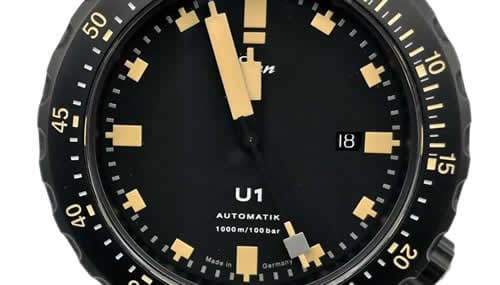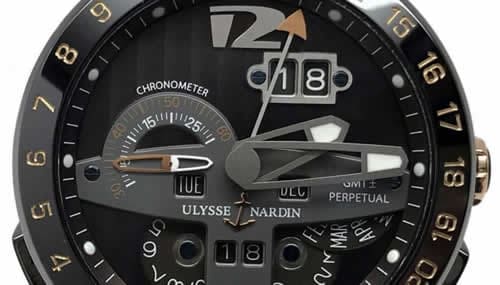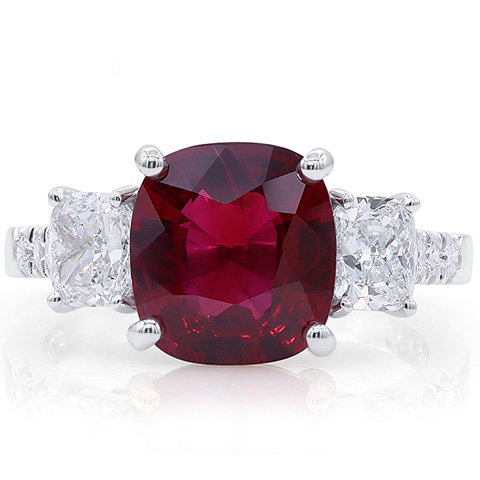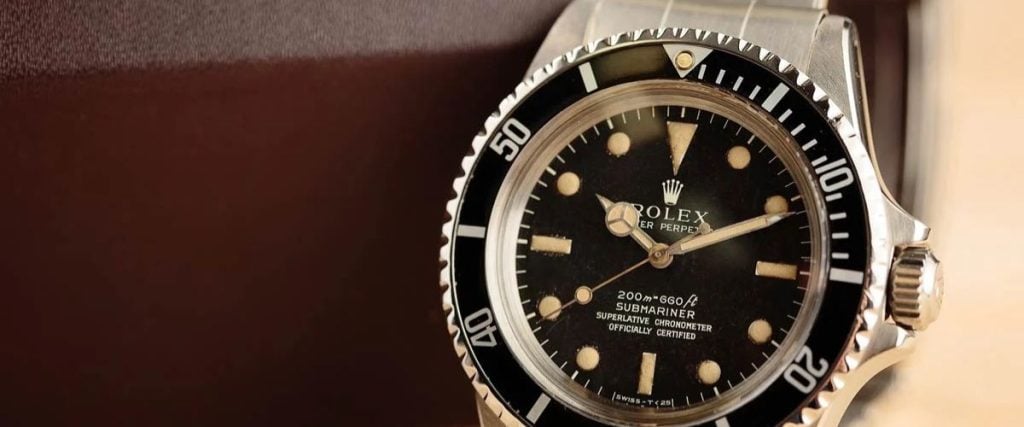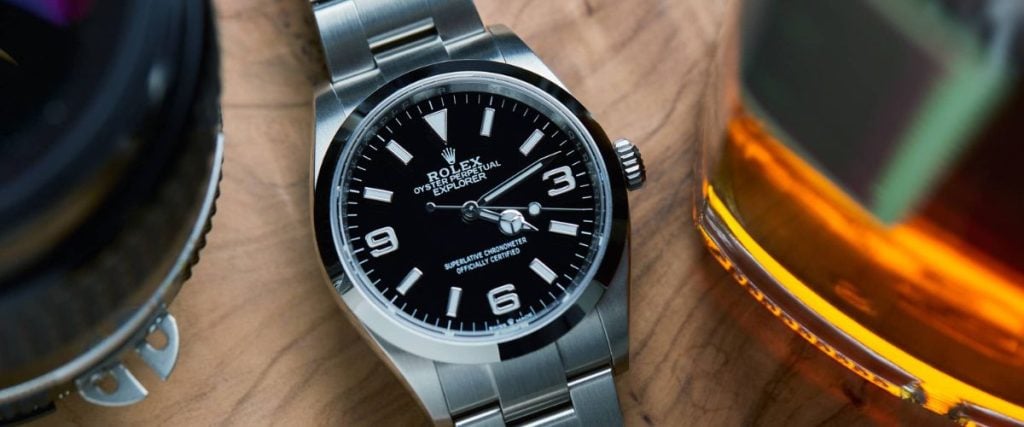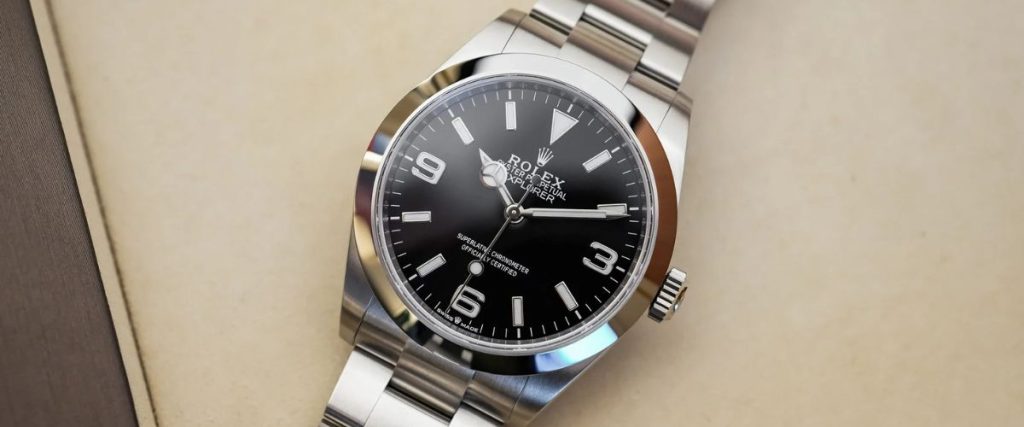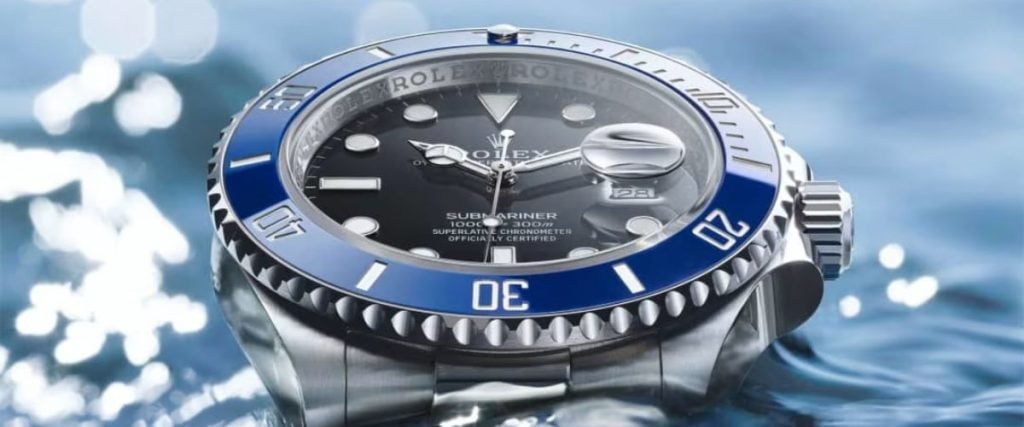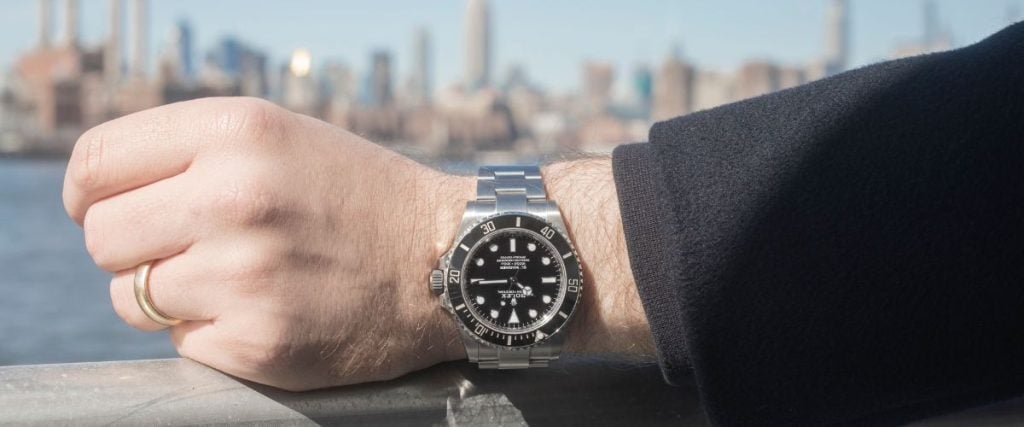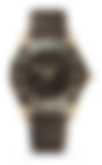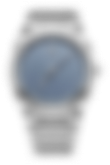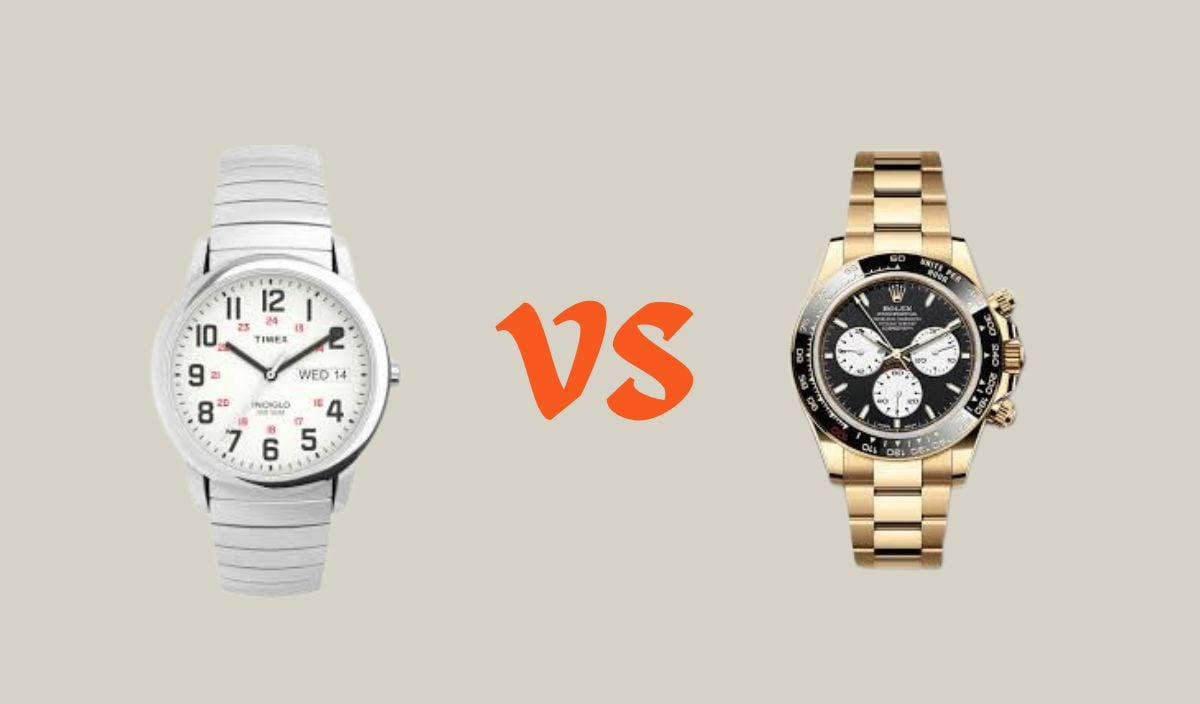
Timex is a watch brand predominantly associated with creating affordable, good-looking watches for everyday wear. But in recent years, it has upped its game with releases like the North Expedition.
The expensive tool watch occupies a niche space within the brand’s catalog, appealing to higher-end collectors for the first time.
This release threw the brand into an arena with the likes of TUDOR and its big sister, Rolex. And while you’d be right in thinking that Timex and Rolex compete on very different levels, there are indeed some ways in which we can compare both manufacturers to see how a budget brand like Timex fairs up against the world’s most famous horological giant, Rolex. Here is an in-depth guide to Timex vs Rolex.
Brand Heritage

Both Timex and Rolex have impressive histories stretching over a century. Rolex, founded in 1905, is very much the legacy of one man, Hans Wilsdorf, who coined the Rolex name in 1908. In the early days, Rolex was already winning awards for its chronometer-certified designs and received the Class A Precision from the Kew Observatory in 1914.
The first office was opened in La Chaux de Fonds, and the brand soon gained a reputation for excellence, crafting the first waterproof and dustproof watch in 1926, followed by the first waterproof, self-winding wristwatch with a perpetual rotor.
Rolex’s Oyster Perpetual watch was deemed technically proficient when worn on the wrist of Mercedes Gleitz – the first female to swim across the English Channel in 1927, while its completion of the Everest expedition on the wrist of Sir Edmund Hillary marked not just a technical first but one of the greatest human achievements in history.
Rolex is still innovating today, drawing from its expertise as a vertically integrated company and using that control and power to its advantage when creating its many examples of horological alchemy.
Timex was founded in 1854 and was initially named the Waterbury Clock Company – a name that Timex later went on to name one of their watches after.
It produced its first wristwatch in 1950, following its success as a pocket watchmaker. In 1960, it made the Timex Marlin, known for its slim silhouette, followed by its first waterproof watch, the Mercury.
Over the years, the brand has maintained a close relationship with sports, releasing the Ironman, which became an icon amongst sports watches and a watch of choice for many professional athletes.
In 1992, the company launched its Indiglo backlight technology, illuminating a dial with a simple button press. It was a major breakthrough for its time and still serves as one of the key hallmarks of Timex’s watchmaking.
Model Variety

The great thing about Timex is that its models start from as little as $25 and never really crest above the $500 mark. Its catalog is vast, turning many young enthusiasts to the world of watches before they even realized they had an interest in them.
For others, Timex is a brand associated with childhood, being the first brand name they recall seeing on the dial of a watch.
Quartz options exist for those buying on a budget, and automatics are available for those curious about entering the world of horology.
One model that really signifies the brand’s contribution to mechanical watchmaking is the Giorgio Galli, which takes its name from the Milan-based Timex designer. The Giorgio Galli features hollowed lugs, giving it a distinct appearance compared to other models in the brand’s portfolio, especially when viewed side-on.
One watch you may have heard of is the Timex Marlin. The brand redesigned and reissued the watch a few years ago, preserving some subtle 1960s-esque features and equipping it with a hand-wound movement.
The brand produced some collaborative efforts in the form of the Marlin, including the iteration created with designer and retailer Todd Snyder.
These simple-looking watches feature Arabic numeral hour tracks, unlike the more contemporary-looking Easy Reader watch.
According to Timex, the Easy Reader was the most popular wristwatch during the late 1970s, putting legibility and simplicity at the forefront of its design with a bare white dial and crisp black numerals.
Rolex may sometimes get accused of playing things too safe, but even Timex stands by some rather unimaginative designs like the classic and simple Timex Standard. These models range in size from 34mm to 43mm and come in chronograph form as well, while the Timex Waterbury is a stylish mid-century timepiece with bucketloads of class and charm.
The Arabic numeral hour markers and leaf-shaped hands of a Waterbury watch timelessly capture the brand’s heritage.
These features combine with a sloping set of lugs and polished round bezel, enabling the watch to wear neatly on the wrist, even in the case of the larger sizes of the collection, which measure up to 42mm in diameter.
Timex’s more masculine offerings are just as good-looking. Take, for example, the Expedition watch, infused with the charm of a field watch.
An inner 24-hour track notches the functionality factor up a gear, while the Timex Navy looks incredibly cool on a striped NATO strap for those seeking a watch with strong military vibes.
Suffice to say, the Timex catalogue has an impressive array of designs that span from the understated and simple to the edgier, slightly vintage-inspired tool watch.
And if you’re spoilt for choice, you could potentially own several Timex watches for the same price as one Rolex, so you’ll certainly have a variety of styles to play around with.
On the other hand, Rolex has a much smaller offering for collections and styles. Those collections it does offer have been around for decades, with differences in dial colors and sometimes materials often being the only newness Rolex brings to the table each year.
That said, its huge fan base often has very little to complain about when these lines are extended. The hype that builds around the speculation before a release sends collectors into a frenzy, propelling prices on the pre-owned market each time a new, highly desirable model is launched.
The oldest model in Rolex’s catalog is the Oyster Perpetual, which traces its lineage back to 1926. Still, the most collectible is arguably the Submariner, which launched almost thirty years later, incorporating the Oyster case and serving as an archetype for all dive watches that followed.
Its highly legible hands, rotating timing bezel, and robust, water-resistant case instantly made it the tool of choice for professional and recreational divers. Yet, over the years, Rolex has extended the line with several iconic collectibles, like the “Kermit,” “Hulk,” “Starbucks,” “Bluesy” and “Smurf.”
The Rolex Sub was the watch worn on Bond’s wrist in the 1962 film “Dr, No.” securing itself a strong position in the pantheon of pop culture.
As the brand’s developments in dive watch technology advanced, more water-resistant watches arrived, such as the 1970s Sea-Dweller and the much later Deepsea, which launched in the 2000s.
Rolex’s GMT-Master II is yet another highly covetable model, following on from the former GMT-Master – a watch released for Pan American World in 1955. It was used as a timekeeping tool for long-haul flights.
Equipped with a 24-hour scale on the bezel, the brand’s blue and red-themed “Pepsi” version earned itself an iconic nickname, while the “Batman” and “Batgirl” versions are the non-soda-themed alternatives to collectibles like the “Root Beer.”
Just like Timex offers a range of dressier timepieces, Rolex’s Day-Date and Datejust models are perfect for pairing with a more classic wardrobe. The Day-Date is a more dressed-up model yet no less sturdily crafted. It was the first watch to bear the date and day on its dial.
This watch has steel, platinum, and gold variations and many dials and sizes to choose from. Movie stars, athletes, and world leaders have sported the Day-Date over the years, while the Datejust is another resolutely classic companion, marking an earlier release date and the first watch to feature a date window on the dial. It was released to commemorate the brand’s 40th anniversary, becoming its bestselling model.
Of all the sports watches in the world, the Rolex Datejust has to be one of the most popular. Styled on the wrist of Paul Newman, some models have become the most expensive to own in the world.
The Daytona has a strong motorsport-inspired aesthetic with a trio of chronograph sub-dials and a tachymeter scale, the Paul Newman iterations proving the most desirable of all (one of which was owned by the legendary actor himself, selling for $17.75 million).
Design
Despite Rolex and Timex having very different backgrounds and histories, both brands share similar-looking designs. Take, for example, the Rolex GMT-Master II Pepsi and Timex’s Q GMT. Both of these models sit at significantly different price points but look very similar in design.
First and foremost, the GMT-Master II is one of Rolex’s most iconic designs, so for two watches at such disparate price points, it becomes somewhat difficult to objectively compare quality and materials, especially when a lot of the value in a Rolex watch equates to status.
Still, both models are crafted from stainless steel, and both feature the instantly recognizable “Pepsi” bezel that Rolex made famous in 2014, albeit with the GMT-Master II featuring a black dial and the Timex Q GMT presenting time on a blue one. Of course, being a much more affordable option, a difference in quality can undoubtedly be seen and felt in the Timex model. The stainless steel bracelet is not as well engineered, but the watch does boast some incredible retro-inspired styling.
Rolex is globally renowned for its world-class superlative chronometers, too. But for an easy, fuss-free daily beater, the Timex Q GMT is undoubtedly a great alternative and one that benefits from the accuracy of a simple quartz movement.
In that same vein, both Rolex and Timex offer a white steel sports watch with loosely similar features and aesthetics. The Timex x Huckleberry Navi XL Automatic Arctic watch and the Rolex Explorer II have bright white dials, steel bezels, and matching orange accentsaccents but are priced very differently.
The layout of the Timex watch is more diverse than the field, with chunky luminous hour markers and a Cyclops date window.
On the other hand, the Rolex Explorer II – a fully fledged adventure watch – shares the same 24-hour inner scale but features a jumping hour GMT hand. Both watches are powered by mechanical movements, too.
But while the Timex x Huckleberry features more of a workhorse movement than a monument to horological handcraft, the Explorer II movement has the build, quality, and refinement synonymous with a superlative chronometer, boasting Rolex’s Chronergy escapement and Parachrom hairspring.
Build Quality and Materials
Let’s get one thing clear: Timex doesn’t make its own materials, which should automatically put the brand on the back foot when compared to a brand like Rolex. And it kind of does, to an extent.
You can’t really compare the quality of a Timex watch vs a Rolex watch because the latter will win hands down on innovation. What you need to know, however, is that Timex watches are still reliable and robust despite not being made from proprietary materials.
Most Timex watches are crafted from stainless steel with acrylic, mineral, and sapphire crystals. Of course, sapphire is a premium material, and that’s why Rolex uses sapphire in all of its watches.
Also, some Timex watches are crafted from titanium, offering a stronger and lighter composition than traditional steel.
Ever wondered what all of Rolex’s terms mean? Like Rolesor, Oystersteel, and Everose? These are the brand’s proprietary materials, developed in-house at the company’s material research and design center.
Rolex even produces its own gold and uses premium 904L stainless steel – a material used extensively in the aeronautics industry.
The ability to smelt its own metals is one thing, but the brand also has its own name for bi-metal designs, namely Rolesor, relating to the company’s gold and steel two-tone innovations. This term can denote an Oystersteel and 18k yellow gold combination or those models that combine Oystersteel with Everose – the brand’s own rose gold metal.
Rolesium refers to the brand’s steel and platinum models, offering extra toughness and a weightier finish on the wrist, while Cerachrom is Rolex’s own ceramic material, which proposes anti-fading qualities, which the company utilizes in its bezels.
Back to Timex, however, one of its most remarkable feats was the development of its patented Indiglo light technology. It was an instant revelation. The fact that the brand could lay claim to an in-house development gave the watches featuring Indiglo technology superiority.
Timex created and patented the Indiglo Corporation, allowing it to control the technology similarly to how Rolex has purchased practically every third-party vendor to claim every aspect of Rolex watchmaking as its own.
Movements
So, as you’ll have gathered by now, Timex doesn’t produce its own movements, but the movements it does use are incredibly precise, some of which trump Rolex for accuracy. Timex watches come in analog, digital, and ana-digi combos.
The brand also uses a mixture of quartz, automatic, and hand-wound movements, so there’s certainly an option for every budget.
Some of the brand’s hand-wound watches are powered by Seagull ST6 movements and are made in China. Understandably, sourcing these movements keeps the brand’s costs down. Other movements are Japanese-crafted, such as the Miyota 8215, used in the Expedition Titanium.
Rolex movements are certainly superior to Timex movements and are all developed in-house, benefitting from several technological feats.
One is the Parachom hairspring, which is designed for superior precision and enhanced by the brand’s very own shock-absorbing Paraflex components. The brand also manufactures its own take on the Swiss lever escapement, which promises increased energy efficiency.
Rolex acquired the Aegler company, which manufactured its movements in 2004, absorbing it into the brand. The most popular Rolex movements to date are those such as the Calibre 3135, which is utilized for its simplicity and reliability in models like the Submariner, Yacht-Master, and Datejust.
Rolex technologies are continually advancing, with recent details emerging of the brand’s quest to develop a natural escapement.
Price Point
It’s a well-known fact that Timex is a much more affordable brand than Rolex. Even if you know very little about the watch world, you’ll have guessed that acquiring a Rolex takes a fair amount of saving up.
Timex watches can be purchased for under $50. You’ll get a standard quartz movement and a very basic design for that. But as the watches creep up the price scale, you begin to get a feel for the brand’s value-for-money ethos.
Some of the hand-wound and automatic-powered watches can cost less than quartz, indicating that you pay for the functions and features of these watches as much as the movement type itself.
Rarely will a Timex watch reach the $1k price tag, but those that do are the contemporary-looking S2 watch and the most recent of all – the titanium-crafted Timex Giorgio Galli S2Ti.
In contrast, the cheapest Rolex watches are those like the Milgauss, which sells new for around £8,500, and the Explorer for around $6,500. Additionally, you can pick up the no-date Sub for around $7,500.
On the other end of the spectrum, highly covetable models sell for much more on the pre-owned market, like the Submariner “Hulk,” for which you can expect to pay around $18,000.
Conclusion
Rolex is the king of luxury; there is no arguing that fact, but that doesn’t mean a watch from the Crown brand is your best bet.
There are circumstances where a Timex watch may be a better option, and although the two brands are worlds apart in some respects, in others, they can be compared, at least to a degree. Even some avid Rolex fans would argue a case for the Timex being a neat alternative to their favourite Rolex.
Think about it. Would you choose to do yard work in your 18k gold Sub when you can put a cheaper Timex tool on your wrist?
Timex is the more accessible brand of the two, and unlike Rolex, its watches don’t come with an extortionate price tag and a ridiculous waiting list.
And regardless of how much you scour the pre-owned market hoping to drop on a complete steal, you’ll never find a Rolex watch as cheap as a Timex unless it’s a counterfeit.
Accuracy-wise, there’s also an argument for Timex. The brand’s Ironman has an accuracy rating of +/- 5 seconds per week compared to the Rolex Sea-Dweller’s accuracy of +/- 2 seconds per day.
At the end of the day, time is time, and if accuracy is your utmost priority in a watch, it makes sense to spend less on a more accurate watch, especially when the difference between the two is some $9000.
Believe it or not, Timex was also a watch of choice for presidents. Sure, Rolex has a history steeped in celebrity status (the brand even has a collection dubbed the President’s Watch), but Bill Clinton and Bush also wore Timex watches during their time as presidents.
On the other hand, Rolex, a younger watch on paper compared to Timex, has a much more impressive history, having produced its proprietary waterproofing system for its casing (the Oyster case with threaded crown), as well as the first perpetual wristwatch and the first timepiece to display the date on the dial.
Rolex made a product line and never really deviated from it. Some would say this was far from adventurous and could accuse the company of being boring or playing things too safe. Nevertheless, its core lines have a solid, unwavering track record of success, amplifying its reputation.
Consistency is key and fosters a strong relationship with its consumer base, who have a very clear image of what a Rolex is and what they want in a watch.
And there it lies: the pros and cons of the Timex watch versus the Rolex watch. For brand recognition and superior materials, it has to be Rolex.
But for affordability, fun, and a good quality movement, Times seems to be a solid low-to-mid-priced contender for the Crown brand, and fans of both sides are beginning to realize this as Timex’s designs continue to move towards the upper echelons of watchmaking.



